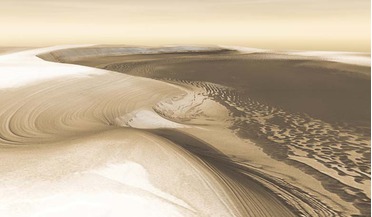 27 May 2016
Scientists reveal Mars is emerging from an ice age
27 May 2016
Scientists reveal Mars is emerging from an ice age
...Mars Reconnaissance Orbiter (MRO), reveal that the mostly dry, dusty planet is emerging from an ice age, that ended about 400,000 years ago. Models have suggested that Mars...The retreat and regrowth of polar ice on Mars is due to the increased tilt of ...
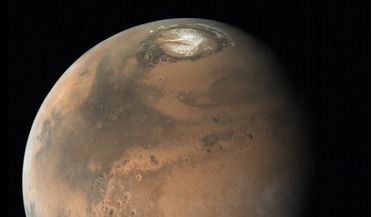 27 May 2019
Third largest water reservoir on Mars found
27 May 2019
Third largest water reservoir on Mars found
... depository. Found by data gathered by the Shallow Radar (SHARAD) on NASA's Mars Reconnaissance Orbiter (MRO) that can peek up to 2.5 kilometres (1.5 miles) beneath the surface of Mars, this new find adds to the growing water budget concealed within...
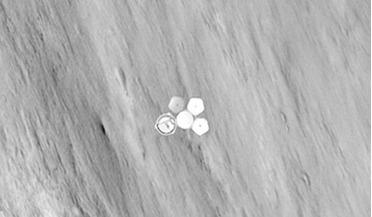 11 November 2016
Beagle 2 Mars probe came close to success
11 November 2016
Beagle 2 Mars probe came close to success
... them for signs of organic molecules associated with life in a miniaturised on-board laboratory. In 2014, Nasa's Mars Reconnaissance Orbiter (MRO) found Beagle 2 on the Martian surface. The spacecraft took pictures which seemed to indicate that the...
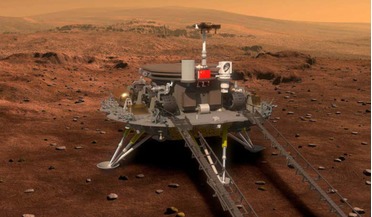 14 May 2021
China is about to land its Zhurong rover on Mars
14 May 2021
China is about to land its Zhurong rover on Mars
... subsurface ice or permafrost. Past studies by scientists using SHARAD, which stands for SHAllow RADar, onboard NASA’s Mars Reconnaissance Orbiter, have suggested that a volume of water ice around 1.2 times the volume of Lake Superior in the US could...
 29 March 2019
Water on Mars is active today says new study
29 March 2019
Water on Mars is active today says new study
...cracks found in craters. Earlier this month, scientists suggested Mars once had an ancient planet-wide system of channels ...same climate evolution and the same path that Mars is going. Understanding Mars' evolution is crucial for understanding our own ...
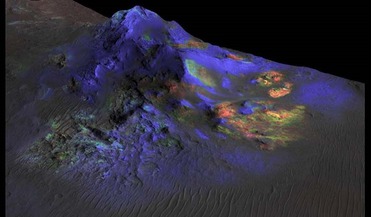 12 June 2015
Why impact glass on Mars is a major discovery
12 June 2015
Why impact glass on Mars is a major discovery
NASA's Mars Reconnaissance Orbiter (MRO) has found deposits of glass within impact craters on Mars. Such deposits could provide...entombed” when impact occurred. It is therefore possible that Mars impact glass could hold similar clues to the planet’s ...